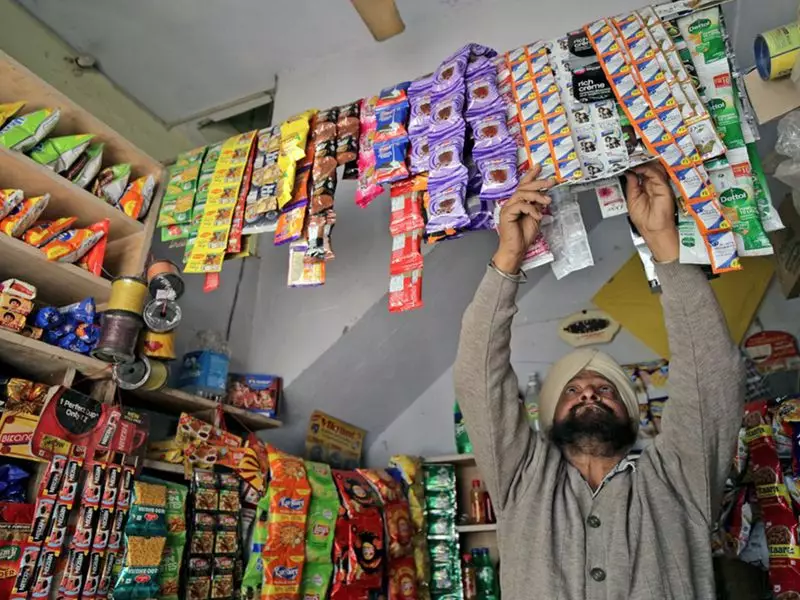
India's consumer staples sector is demonstrating remarkable resilience despite facing dual challenges, according to the latest analysis from Motilal Oswal. The second quarter of fiscal year 2026 has revealed stable consumer demand patterns, though growth momentum has been tempered by significant market transitions.
The GST Transition Effect
Companies across the fast-moving consumer goods (FMCG) landscape are navigating the complexities of Goods and Services Tax implementation. This significant tax reform has created both opportunities and challenges for industry players, requiring strategic adjustments in supply chain management and pricing strategies.
Monsoon Patterns Weigh on Growth
The seasonal rainfall distribution has emerged as a critical factor influencing rural demand and agricultural input costs. While the monsoon hasn't severely disrupted operations, its patterns have certainly moderated the growth trajectory that many analysts had projected for this quarter.
Key Sector Observations
- Essential goods categories show consistent demand patterns
- Urban markets demonstrate stronger consumption than rural counterparts
- Premium product segments maintain growth momentum
- Value-branded products face margin pressures
Market Adaptation Strategies
Leading consumer staples companies have implemented innovative approaches to maintain market share. These include portfolio optimization, targeted promotional activities, and enhanced distribution network efficiency. The focus has shifted toward sustainable growth rather than aggressive expansion.
Industry analysts note that while immediate growth rates may appear moderated, the fundamental strength of consumer demand provides a solid foundation for future quarters. The current period represents a phase of market consolidation and strategic repositioning rather than a downturn in consumer sentiment.





